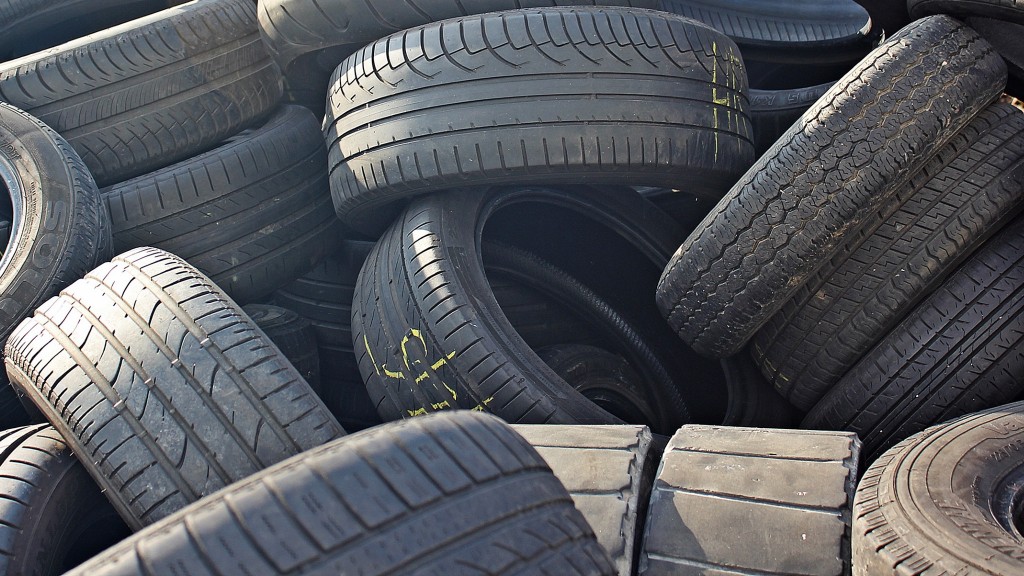
The Recycled Rubber Coalition has released a white paper, An Unexpected Electric Vehicle Environmental Problem With Common Sense Solutions, which examines how the rapid adoption of EVs will lead to an increase in scrap tires and provides practical solutions for the recycling and reuse of these tires.
"The growing consumer demand for EVs remains one of the most exciting developments in recent years. However, we need to address the reality of the increased scrap tires they produce. While excellent recycling options exist, effective government policies supporting the market expansion of recycled rubber are crucial for enhancing and encouraging industry reuse efforts," said the Recycled Rubber Coalition.
"This report reveals an urgent need to increase the reuse rates of scrap tires in the years ahead," added Art Dodge, CEO of Ecore International, "The good news is that our industry has reduced the U.S.'s stockpile of scrap tires before and today, we have even more innovative end-use products that are sustainable, long-lasting, and popular."
The U.S. currently produces approximately 315 million scrap tires per year. The Recycled Rubber Coalition estimates that there will be a 12 percent increase in the number of scrap tires that will be produced as drivers transition to electric vehicles. EVs are 20 percent heavier than equivalent gas-powered vehicles and can reach maximum torque almost instantaneously, both of which increase friction and contribute to increased tire wear and waste.
Although current technology allows for the reuse of scrap tires, the production of tires in recent years has surpassed the available markets for recycled rubber. The Recycled Rubber Coalition highlights the ways scrap tires are being reused, such as in tire-derived aggregate and rubber-modified asphalt, and advocates for state and federal policies that prioritize grants to expand the utilization of recycled rubber. Through common sense support for recycled rubber applications, electric vehicles can be ensured to net out positively for the environment from the beginning to the end of their life cycle.


